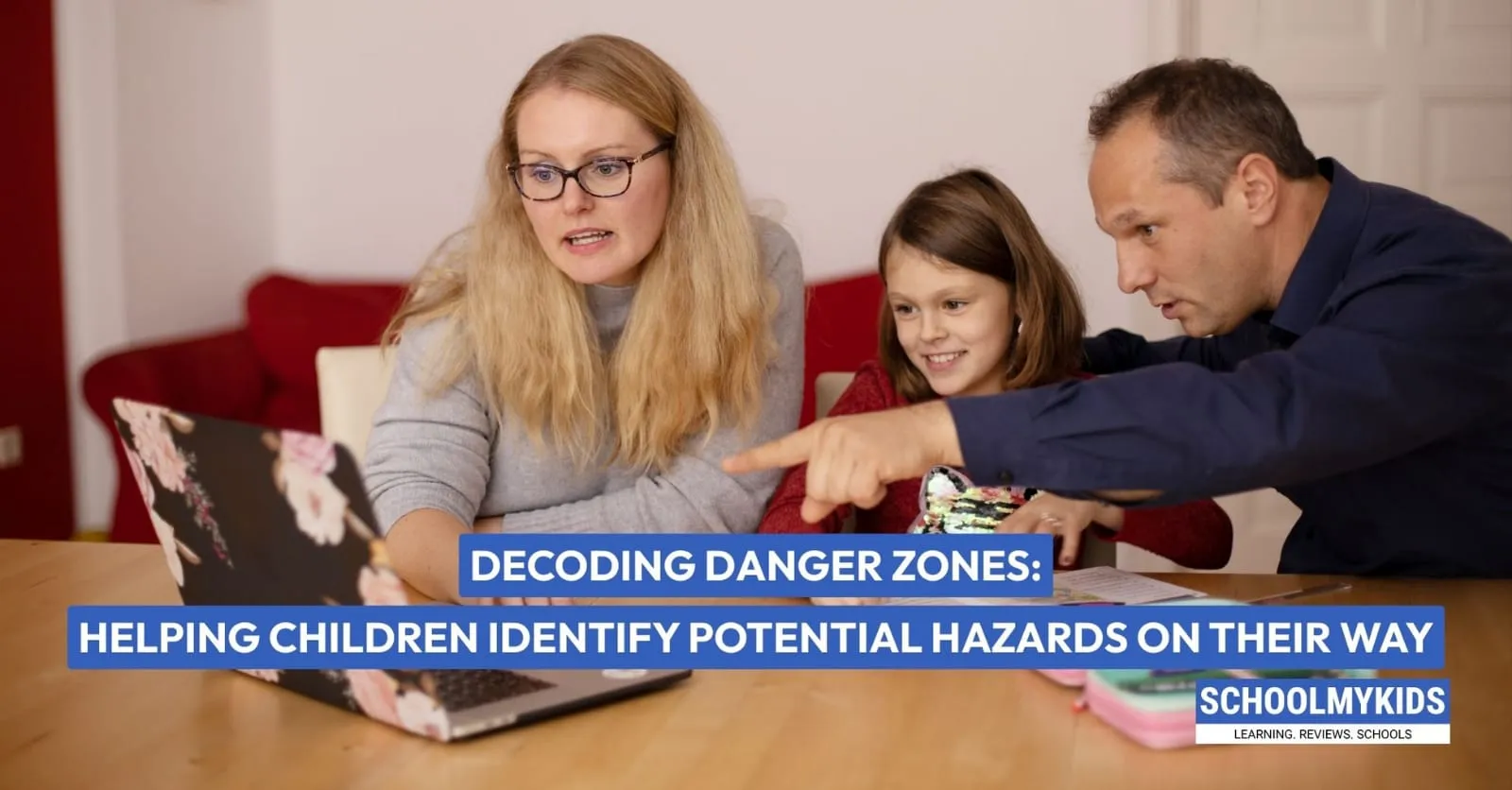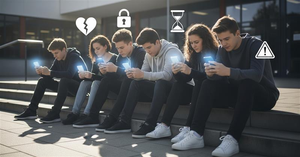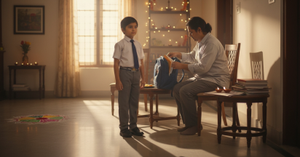Every parent wants to see their child grow independent, confident, and safe. Whether your child is heading to school, a part-time job, a friend’s house, or simply out to play, the world is full of excitement and, unfortunately, hazards. The good news? With the right guidance, kids can learn to spot danger zones and make smart choices to keep themselves safe. Let’s break down what parents need to teach their children for every step of their daily adventures.
Setting the Foundation: Basic Safety Awareness
Before your child ventures out alone, make sure they understand these fundamental safety concepts:
- Trust their instincts! Our bodies have amazing built-in alarm systems. Teach your children that if something doesn't feel right—that nervous feeling in their stomach or the hairs standing up on their neck—they should listen to those feelings and remove themselves from the situation.
- Help them memorize key information: their full name, your phone number, your home address, and how to call emergency services. In many places, this means knowing how to dial 911, but check what the emergency number is in your location.
- Create a family password that only you and your child know. If someone claims you sent them to pick up your child, they should ask for this password. No password? No going anywhere with that person.
The Journey to School: More Than Just Getting There
Walking to school is a rite of passage for many kids. But the shortest route isn’t always the safest. Here’s how to make the journey safer:
- Plan and Practice the Route: Walk the route with your child first. Look at it from their perspective. Are there busy intersections? Hidden driveways? Pick a path with minimal side road crossings and, if possible, with controlled crossing points like traffic lights or a school crossing patroller.
- Visibility Matters: School uniforms are often dark. Equip your child with a reflective band or high-visibility vest, especially during winter or rainy days.
- Stick to the Plan: Teach your child to never change their route or take shortcuts, even if friends suggest it. Consistency is key for safety and for you to know where they are.
Stranger Safety: The Power of “No”
Kids are naturally trusting, but they need to know not everyone has good intentions.
- Never Accept Rides: Make it clear: they should never get into a car with anyone unless you’ve told them about it in advance, even if the person claims you sent them.
- What If Scenarios: Practice situations like “A stranger offers you a ride home,” or “Someone says your parent is hurt and you need to come with them.” Teach your child to say no, move away, and find a trusted adult or call you.
- Buddy System: Encourage your child to walk or play with friends. There’s safety in numbers.
Outdoor Play: Fun with Boundaries
The park, playground, and neighborhood are places for fun, but also for caution.
- Set Clear Boundaries: Decide together where your child can play and how far they can go. Make sure they know not to leave the area without telling you.
- Playground Safety: Check equipment for damage before use. Teach kids to wait their turn, not push or shove, and keep a safe distance from moving swings or slides.
- Water Awareness: If play areas are near water, supervise directly. Even shallow water can be dangerous.
- Terrain Hazards: Show your child how to watch for uneven ground, loose gravel, or other tripping hazards.
Digital and Personal Information Safety
Today’s kids are digital natives, but that brings new risks.
- Protect Personal Data: Teach children never to share their address, contact number, or school details with strangers, online or offline.
- Social Media Smarts: Remind them to use privacy settings and never accept friend requests from someone they don’t know in real life.
Home and Community Hazards
Safety starts at home but extends everywhere.
- Home Hazards: Walk through the house together and spot dangers like sharp objects, cleaning supplies, and electrical outlets. Make safety rules like “Ask before touching anything new”.
- First Aid and Emergency Skills: Teach basic first aid and what to do in emergencies. Make sure your child knows how to call for help and what information to give.
- Medication Safety: If your child needs medication, ensure they know how and when to take it, and that they carry necessary info about allergies or conditions.
Building Confidence and Communication
Perhaps the most important lesson: trust their instincts and talk openly.
- Standing Up for Themselves: Teach kids it’s okay to say no to strangers, bullies, or anything that makes them uncomfortable. Role-play scenarios so they can practice.
- Open Dialogue: Make time every day to talk about their experiences. Listen as much as you talk. Kids who feel heard are more likely to share concerns and ask for help.
- Praise Safe Choices: Celebrate when your child follows safety rules. Positive reinforcement helps them remember and repeat good habits.
Practice Makes Perfect
Safety isn’t a one-time lesson; it’s a habit.
- Role Play Regularly: Use weekends to act out “what if” scenarios. This builds confidence and helps kids react calmly in real situations.
- Gradual Independence: As your child masters safety skills, slowly give them more freedom, but always check in and review the rules.
Using Technology Wisely
Modern technology offers safety tools:
- Consider location-sharing apps for older kids with smartphones. These let you know where they are without hovering.
- Teach them how to use emergency features on their devices. Many phones have SOS functions that can quickly alert emergency contacts.
- Discuss when and how to use rideshare services safely (for older teens), including always confirming the driver's identity and sharing trip details with someone they trust.
Conclusion
Teaching kids about danger zones isn’t about making them fearful; it’s about empowering them to make smart choices. The world is full of adventures, and with your guidance, your child can explore it safely, confidently, and joyfully. Remember, the best safety tool is a strong, trusting relationship between you and your child. Keep the conversation going, practice together, and let your child know you believe in their ability to stay safe every step of the way.









Be the first one to comment on this story.